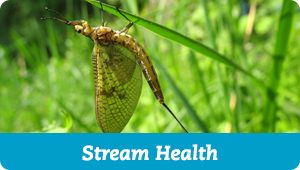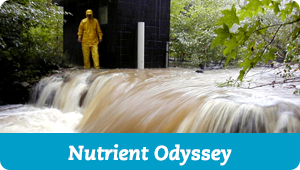 For some organisms, darkness can kill. Shallow-water seagrasses need sunlight to photosynthesize and produce the carbon that keeps them alive. Other creatures depend on seagrasses for shelter and food: shrimp, small fish and young crabs. When cloudy waters block light from reaching the seafloor, the ensuing darkness places all of them in danger.
For some organisms, darkness can kill. Shallow-water seagrasses need sunlight to photosynthesize and produce the carbon that keeps them alive. Other creatures depend on seagrasses for shelter and food: shrimp, small fish and young crabs. When cloudy waters block light from reaching the seafloor, the ensuing darkness places all of them in danger.
In clear waters, seagrasses can stretch for miles. Because they need to be underwater but also have access to light, they occupy the shallow edge waters, or littoral zone. Usually this reaches down to about two meters deep. But where dirt or algae muddy the water, light cannot penetrate as far. Seagrasses are forced to move to even shallower zones to catch the sun’s rays, and may disappear altogether. In Chesapeake Bay they have already been pushed back to the one-meter mark. They cannot go much farther without drying out.
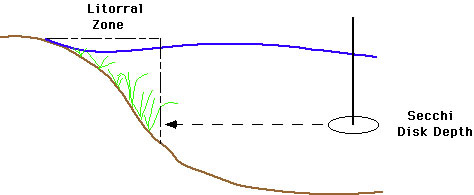
Scientists measure water clarity by lowering a white Secchi disk. As long as the Secchi disk is visible, seagrasses can survive. Once it disappears, it has reached a depth too murky for them.
Three types of substances in water contribute to blocking the light. All of them can trace their origins back to land:
- suspended particulate matter—soils or other suspended sediments in the water.
- phytoplankton—microscopic algae that feed on nutrients, like phosphorus and nitrogen, that stream off the land.
- colored dissolved organic matter (CDOM)—decaying plant material, or “yellow substances.” CDOM acts like a tea bag, staining the water yellow or brown by releasing tannins.

Left: The black blooms in the water were formed by thousands of microscopic phytoplankton. Right: The phytoplankton Cochlodinium polykrikoides, a highly toxic species and a frequent suspect in fish kills during warm summer months.
Once light hits the water, these substances either absorb it (dissolved organics) or scatter it. The result: The light that eventually reaches the seagrasses at the bottom is attenuated, possessing much less energy than before.
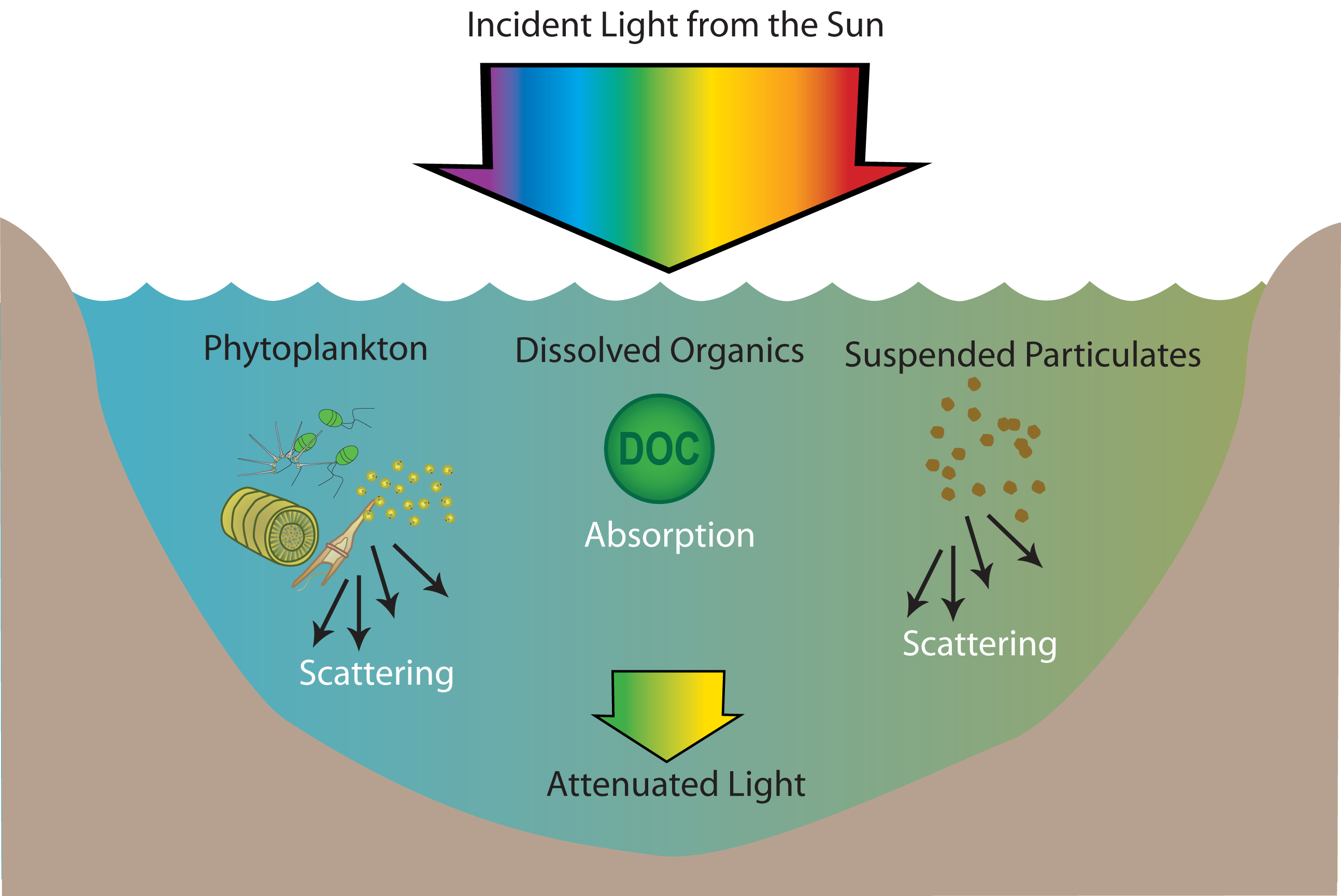 Not all particles do the same damage. A body of water with only suspended particulate matter could still retain its blue color. Organic materials like CDOM and phytoplankton—because they absorb more light than they scatter—pose a greater threat. In an ideal Chesapeake, the particles clouding the water would be only 15 or 20 percent organic. Right now that number is closer to 40 percent. Most of it comes from phytoplankton.
Not all particles do the same damage. A body of water with only suspended particulate matter could still retain its blue color. Organic materials like CDOM and phytoplankton—because they absorb more light than they scatter—pose a greater threat. In an ideal Chesapeake, the particles clouding the water would be only 15 or 20 percent organic. Right now that number is closer to 40 percent. Most of it comes from phytoplankton.
The root of the problem lies in nutrients. Nitrogen and phosphorus from farms, sewers, backyard fertilizers and the like stream into the Bay and fuel massive phytoplankton blooms. While alive, phytoplankton blooms float throughout the water or coat the surface with scum, blocking light to the seagrasses underneath. When they die and decay, they add a brown to yellowish tint to the water and adding to the load of suspended particulate matter already there.
Seagrasses do more than provide food and shelter for aquatic life. They are also the coastlines’ first defense against erosion. Before waves or storm surges even reach the shore, where wetlands or forests can act as buffers, seagrasses work to reduce their energy and help stabilize the bottom. The farther seagrasses are able to spread in the coastal zone, the more protection they can those who live there.
Learn more!
See the legacy of Chuck Gallegos’ research on phytoplankton, light and water quality at the Phytoplankton Lab homepage.

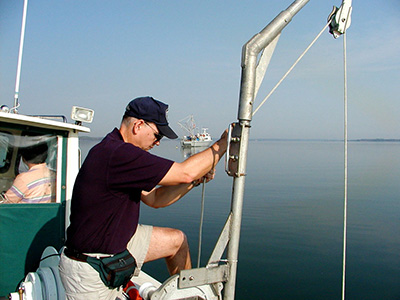
 Lower your personal nutrient footprint. The EPA has some suggestions
Lower your personal nutrient footprint. The EPA has some suggestions 